How to Connect a Device to Windows Media Player
Part 1 of 4:
Connecting an Android
-
 Power on the Android if necessary. Your Android will need to be turned on before you can add music to it, so press and hold your Android's Power button until its logo appears if it's turned off.
Power on the Android if necessary. Your Android will need to be turned on before you can add music to it, so press and hold your Android's Power button until its logo appears if it's turned off. -
 Attach one end of your Android's cable to your computer. Plug the USB 3.0 end of the cable into one of your computer's rectangular USB ports.
Attach one end of your Android's cable to your computer. Plug the USB 3.0 end of the cable into one of your computer's rectangular USB ports. -
 Plug the other end of the cable into your Android. The smaller end of your Android's cable should plug into the Android's charging port.
Plug the other end of the cable into your Android. The smaller end of your Android's cable should plug into the Android's charging port. -
 Swipe down from the top of your Android's screen. Doing so prompts a drop-down menu with your Android's notifications in it to appear.
Swipe down from the top of your Android's screen. Doing so prompts a drop-down menu with your Android's notifications in it to appear. -
 Find and tap the "USB", "Files", or "MTP" notification. It should be in the notifications drop-down menu. Doing so enables USB synchronizing for your Android, meaning that Windows Media Player will be able to view your Android.
Find and tap the "USB", "Files", or "MTP" notification. It should be in the notifications drop-down menu. Doing so enables USB synchronizing for your Android, meaning that Windows Media Player will be able to view your Android.- If you don't see a similar notification in the drop-down menu, try plugging your Android into a different USB port on your computer.
-
 Open Windows Media Player. Click, type in windows media player, and click Windows Media Player at the top of the Start menu.
Open Windows Media Player. Click, type in windows media player, and click Windows Media Player at the top of the Start menu.
- Windows Media Player isn't available on some Windows 10 computers.
-
 Click the Sync tab. It's in the top-right corner of the Windows Media Player window. Doing so prompts a pop-out pane to appear on the right side of the window.
Click the Sync tab. It's in the top-right corner of the Windows Media Player window. Doing so prompts a pop-out pane to appear on the right side of the window. -
 Look for your Android's name. You should see your Android's name and storage capacity at the top of the pane. If so, you're free to continue with synchronizing content to your Android.
Look for your Android's name. You should see your Android's name and storage capacity at the top of the pane. If so, you're free to continue with synchronizing content to your Android.- If you don't see your Android's name here, try opening your Android's notifications menu and re-selecting the USB or MTP option. You can also check out the "Troubleshooting" section.
Part 2 of 4:
Connecting an MP3 Player
-
 Make sure that your MP3 player has a USB cable. Most MP3 players can be charged by plugging a USB cable into a wall socket adapter and then attaching the MP3 player to the free end of the cable. You'll need to detach the USB cable from the wall socket adapter in order to add music to the player.
Make sure that your MP3 player has a USB cable. Most MP3 players can be charged by plugging a USB cable into a wall socket adapter and then attaching the MP3 player to the free end of the cable. You'll need to detach the USB cable from the wall socket adapter in order to add music to the player.- If your MP3 player has a separate syncing cable, make sure that it can be used with your computer.
-
 Power on the MP3 player if necessary. If your MP3 player isn't on, press (or press and hold) its Power button to turn it on. Your MP3 player must be on before you can use it with Windows Media Player.
Power on the MP3 player if necessary. If your MP3 player isn't on, press (or press and hold) its Power button to turn it on. Your MP3 player must be on before you can use it with Windows Media Player. -
 Plug one end of the cable into your computer. This should be the rectangular USB 3.0 end of the cable.
Plug one end of the cable into your computer. This should be the rectangular USB 3.0 end of the cable. -
 Attach the other end of the cable to your MP3 player. The free end of the cable should plug into the MP3 player's charging port, which you'll usually find on the side or the bottom of the MP3 player.
Attach the other end of the cable to your MP3 player. The free end of the cable should plug into the MP3 player's charging port, which you'll usually find on the side or the bottom of the MP3 player. -
 Open Windows Media Player. Click, type in windows media player, and click Windows Media Player at the top of the Start menu.
Open Windows Media Player. Click, type in windows media player, and click Windows Media Player at the top of the Start menu.
- Windows Media Player isn't available on some Windows 10 computers.
-
 Click the Sync tab. It's in the top-right corner of the Windows Media Player window. Doing so prompts a pop-out pane to appear on the right side of the window; you should see your MP3 player's name at the top of the pane. At this point, you can begin adding content to your MP3 player.
Click the Sync tab. It's in the top-right corner of the Windows Media Player window. Doing so prompts a pop-out pane to appear on the right side of the window; you should see your MP3 player's name at the top of the pane. At this point, you can begin adding content to your MP3 player.
Part 3 of 4:
Synchronizing Content
-
 Re-open the Sync tab if necessary. You'll find this in the upper-right corner of the Windows Media Player window.
Re-open the Sync tab if necessary. You'll find this in the upper-right corner of the Windows Media Player window. -
 Select a library. Click a library item, such as Music, that contains content you want to sync. Doing this will open a list of the content in that library.
Select a library. Click a library item, such as Music, that contains content you want to sync. Doing this will open a list of the content in that library. -
 Add content to the "Sync" tab. Click and drag the song(s), video(s), or picture(s) you want to add to your item into the "Sync" pop-out pane, which is on the right side of the Windows Media Player window.
Add content to the "Sync" tab. Click and drag the song(s), video(s), or picture(s) you want to add to your item into the "Sync" pop-out pane, which is on the right side of the Windows Media Player window.- You can see the amount of space remaining on your item by looking at the storage progress bar that's at the top of the "Sync" pane.
- Not all mobile items or MP3 players support videos and/or pictures.
-
 Click Start sync. It's at the top of the "Sync" pane. Doing so will prompt your listed content to begin adding to your MP3 player or mobile item.
Click Start sync. It's at the top of the "Sync" pane. Doing so will prompt your listed content to begin adding to your MP3 player or mobile item. -
 Find the synced content on your item. Once you've synced the content from your computer to your mobile or MP3 player, you'll be able to start playing it immediately. The process for this will vary depending on your item:
Find the synced content on your item. Once you've synced the content from your computer to your mobile or MP3 player, you'll be able to start playing it immediately. The process for this will vary depending on your item:- For MP3 players, your new songs will be available just like any song already on the player.
- For Androids, you'll find the content in the associated apps. To play your synced music, open your music player app; to play synced video files, open your video player app.
Part 4 of 4:
Troubleshooting
-
 Ensure you are connecting a compatible item. Windows Media Player can detect most MP3 players and Androids, but it will not work with iOS items such as iPods, iPhones, and iPads.
Ensure you are connecting a compatible item. Windows Media Player can detect most MP3 players and Androids, but it will not work with iOS items such as iPods, iPhones, and iPads. -
 Install the drivers manually if Windows cannot. If you get an error message saying that Windows could not install the drivers, you'll need to get them yourself:
Install the drivers manually if Windows cannot. If you get an error message saying that Windows could not install the drivers, you'll need to get them yourself:- Disconnect your MP3 player or Android.
- If the item came with an installation CD, insert the CD now.
- If you don't have a CD, open the device manufacturer's support website. Search for your item's model and check the Drivers or Downloads section for an installer.
- Run the installer from the disk or the downloaded file and follow the prompts to install the driver.
-
 Install any available Windows Media Player updates. Updating Windows Media Player may help with issues encountered while attempting to connect:
Install any available Windows Media Player updates. Updating Windows Media Player may help with issues encountered while attempting to connect:- Press Alt to display the menu.
- Select Help.
- Click Check for updates....
- Click Update if prompted to install any available updates.
-
 Check your Windows Services. Some users have reported that making an adjustment to Windows Services can make a device appear in Windows Media Player when it isn't being detected:[1]
Check your Windows Services. Some users have reported that making an adjustment to Windows Services can make a device appear in Windows Media Player when it isn't being detected:[1]- Open Start.
- Type in services, then click Services at the top of the window.
- Right-click Portable Device Enumerator Service.
- Click Properties.
- Set Startup type to Automatic and then click Start.
- Check Windows Media Player for your item.
3.6 ★ | 5 Vote
You should read it
- Set up VLC Media Player as the default multimedia player on Windows 10
- How to download and install Windows Media Player 12 on Windows 10
- How to Reinstall Windows Media Player
- Advanced tricks use VLC Media Player
- How to fix 3 problems with VLC Media Player
- Microsoft launches new Media Player application for Windows 11
- VLC Media Player 3.0.11
- How to take photos when watching videos on Windows Media Player
May be interested
- VLC Media Player 3.0.8 was officially released with 13 security fixes
 videolan has just launched vlc media player 3.0.8 and now this update is available for download for popular operating systems like windows, mac and linux.
videolan has just launched vlc media player 3.0.8 and now this update is available for download for popular operating systems like windows, mac and linux. - 10 interesting hidden functions of VLC Media Player
 vlc media player is one of the most popular video viewing tools today, but very few people know that this video and audio player has a lot of breakthrough features, superior to multimedia players. other.
vlc media player is one of the most popular video viewing tools today, but very few people know that this video and audio player has a lot of breakthrough features, superior to multimedia players. other. - How to fix the error VLC Media Player does not play videos on Windows 11
 vlc is a popular media player that can play a variety of video and audio formats. but sometimes, it encounters unexpected problems, such as not playing videos.
vlc is a popular media player that can play a variety of video and audio formats. but sometimes, it encounters unexpected problems, such as not playing videos. - Windows Media Player is 'bricked' in Windows 7
 according to the disclosure of joe mayo - director of the programmer group, not only ie8 browser but also media center, windows media player will also be removed in windows 7
according to the disclosure of joe mayo - director of the programmer group, not only ie8 browser but also media center, windows media player will also be removed in windows 7 - Set password for video with GreenForce Player
 although windows has its own music player, windows media player, there are many third-party music players other than both free and paid versions. windows media player is a popular music and video player for many people, but some people prefer to find more multimedia players.
although windows has its own music player, windows media player, there are many third-party music players other than both free and paid versions. windows media player is a popular music and video player for many people, but some people prefer to find more multimedia players. - How to Take a Snapshot of a Video Running in Windows Media Player
 this wikihow teaches you how to take a screenshot of a video frame while using windows media player. windows media player (wmp) is no longer included in windows 10 or available for download, but if you have it on your computer from a...
this wikihow teaches you how to take a screenshot of a video frame while using windows media player. windows media player (wmp) is no longer included in windows 10 or available for download, but if you have it on your computer from a... - GOM Player: Free Media Player for Windows
 gom player is a free alternative desktop media player. the program offers support for multiple file types, customizable interfaces, subtitle libraries, and 360-degree vr videos.
gom player is a free alternative desktop media player. the program offers support for multiple file types, customizable interfaces, subtitle libraries, and 360-degree vr videos. - Instructions for rotating videos are inverted and inclined by VLC Media Player
 depending on the needs of the user, you need to rotate the video upside down or rotate it at 180 degrees or 90 degrees. there are quite a lot of software that can help users to rotate videos according to the angle they want.
depending on the needs of the user, you need to rotate the video upside down or rotate it at 180 degrees or 90 degrees. there are quite a lot of software that can help users to rotate videos according to the angle they want. - Microsoft replaces Groove Music with a new application called Media Player on Windows 11
 in early november 2021, microsoft surprised us by announcing the implementation of media player, a new media player app for insiders windows 11 in the dev channel.
in early november 2021, microsoft surprised us by announcing the implementation of media player, a new media player app for insiders windows 11 in the dev channel. - Collection of beautiful interface of Windows Media Player
 if you're bored with the familiar interface of windows media player, the default windows media player software, try the free interface templates below to make your windows more interesting.
if you're bored with the familiar interface of windows media player, the default windows media player software, try the free interface templates below to make your windows more interesting.
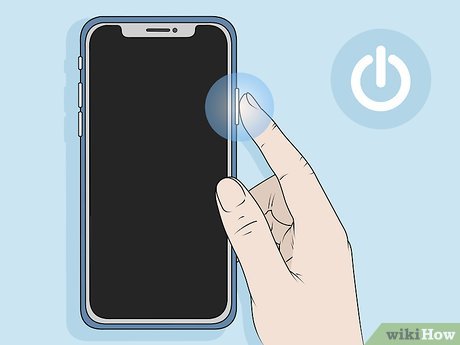

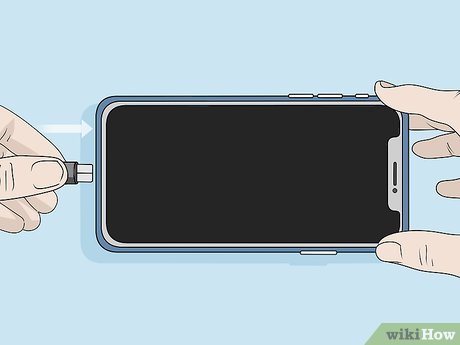







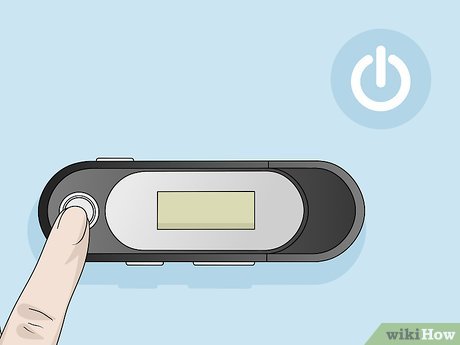
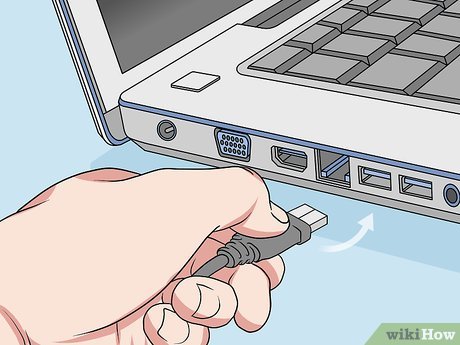
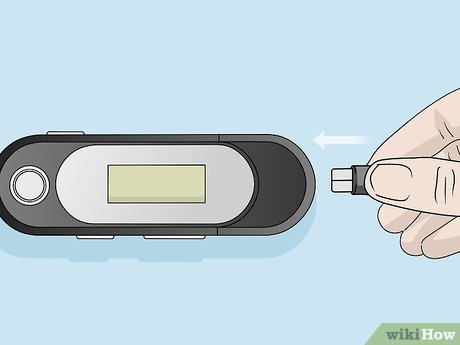
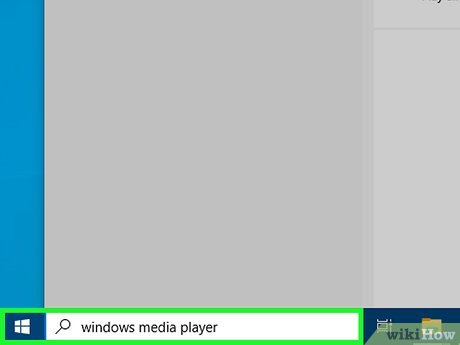


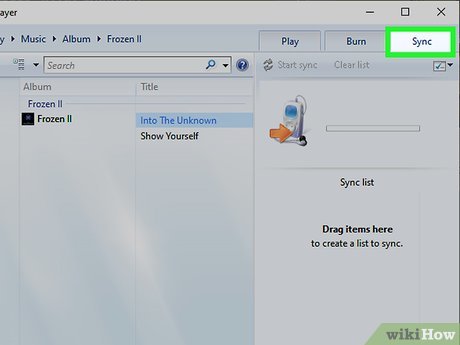



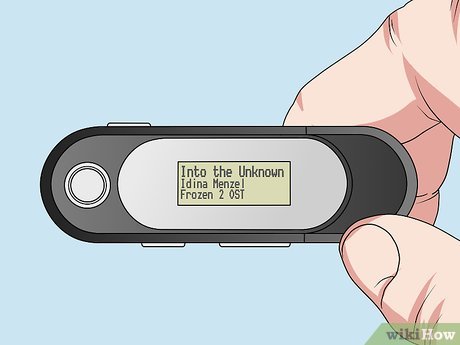
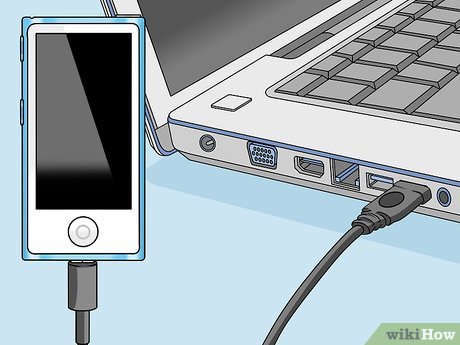
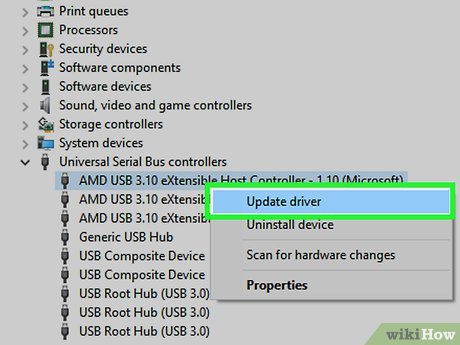












 How to Reset Windows Media Player
How to Reset Windows Media Player How to Play DVDs on Windows Media Player
How to Play DVDs on Windows Media Player How to Convert Any Type of Audio in Windows Media Player
How to Convert Any Type of Audio in Windows Media Player How to Add Subtitles to Windows Media Player
How to Add Subtitles to Windows Media Player How to Copy or Burn a CD Using Windows Media Player
How to Copy or Burn a CD Using Windows Media Player